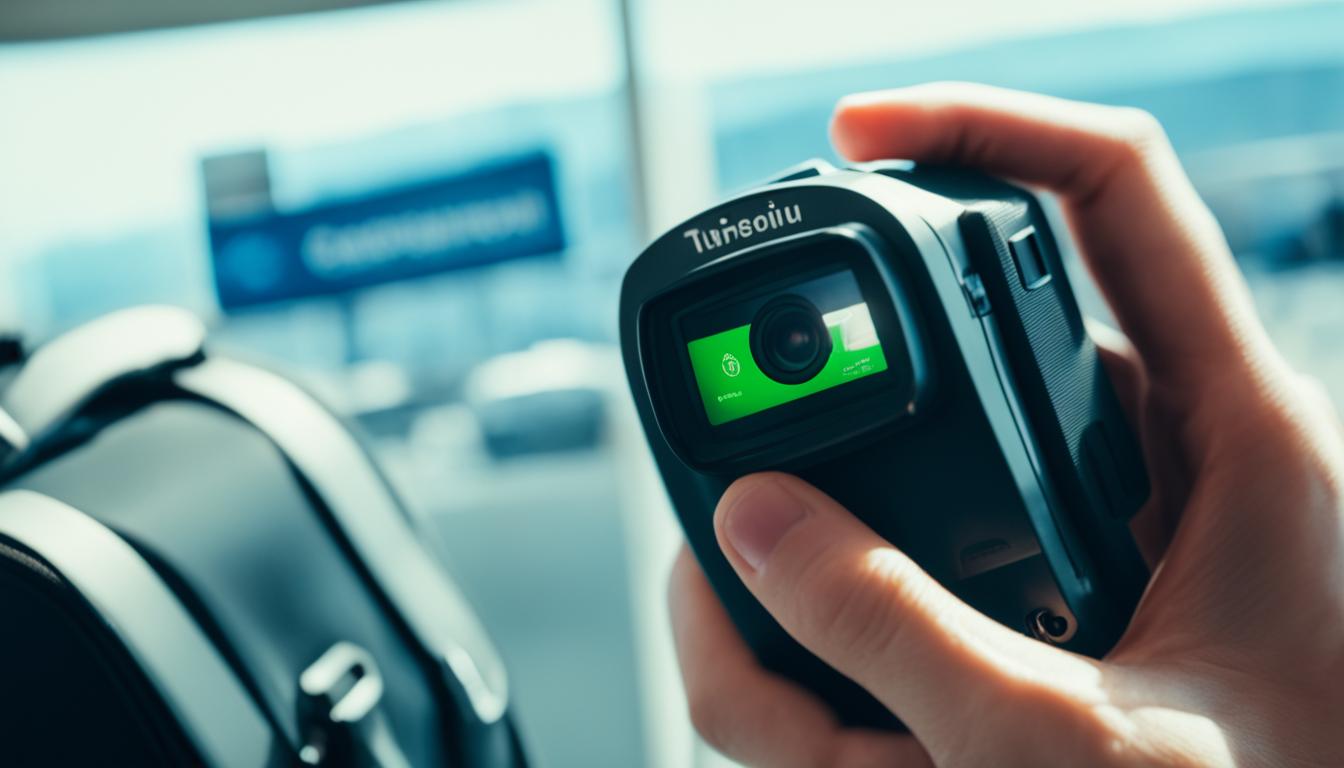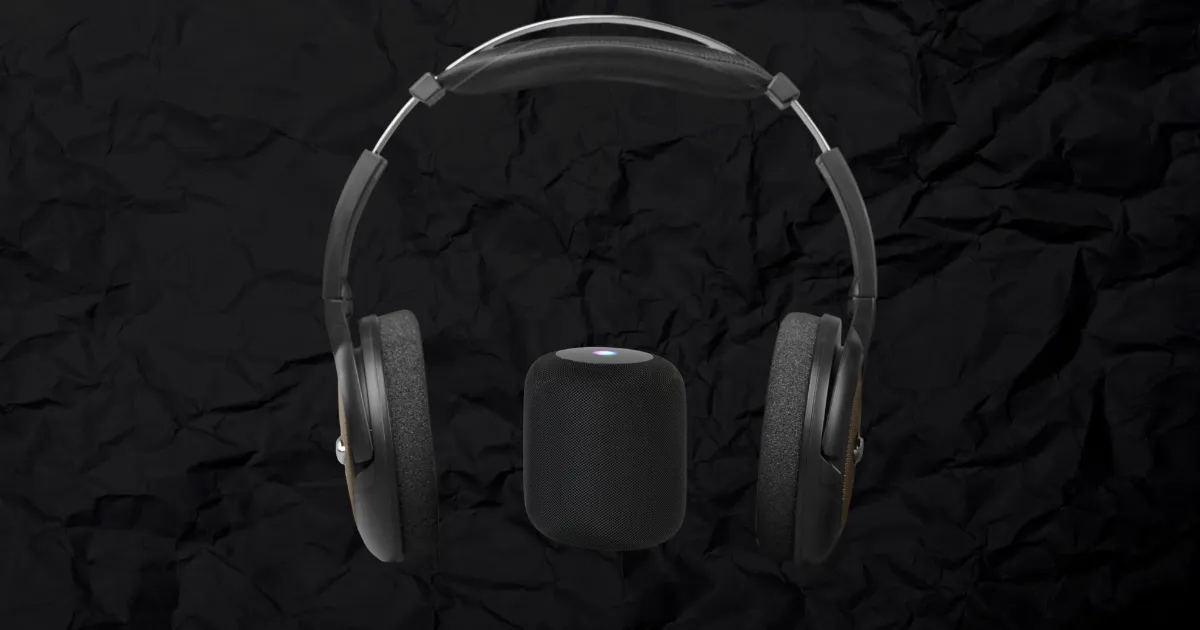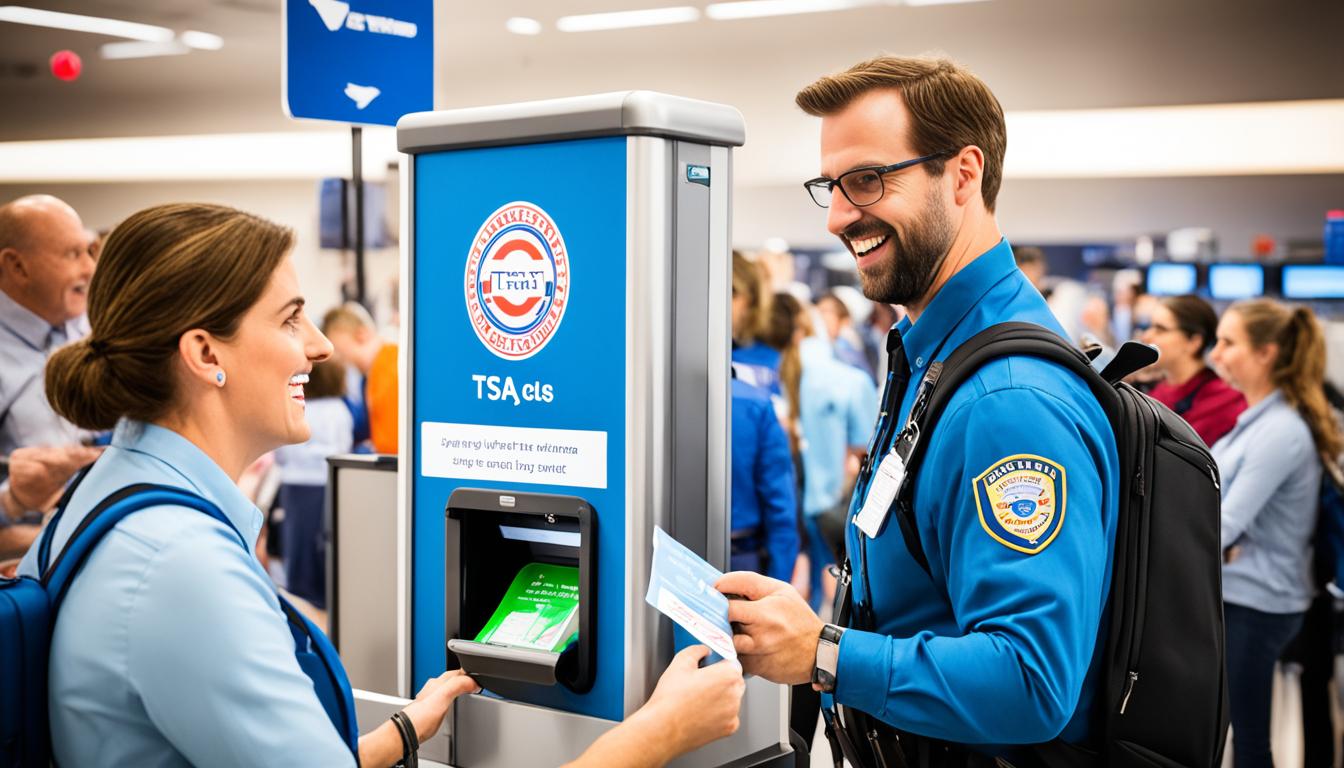
Traveling with disposable cameras can be a great way to capture your adventures and preserve special moments. However, when it comes to airport security, you might be wondering if these cameras are at risk of getting damaged or ruined during the screening process.
The good news is that disposable cameras are generally allowed in both carry-on and checked baggage when traveling through airport security. However, there are a few precautions you should take to ensure the safety of your disposable camera and its film.
Firstly, it is recommended to pack your disposable camera in your carry-on instead of checked luggage. The scanners used for checked bags are stronger and can potentially damage the film inside the camera.
Secondly, it’s a good idea to store the disposable camera in a safe and dry place, such as a plastic bag or waterproof case, to protect it from liquids that may be present during the screening process.
If you have concerns about the x-ray machines at the airport damaging your film, you can request a hand inspection from security personnel. While newer CT scanners can potentially damage the film, older x-ray machines are generally safe for film with an ISO of 800 or less.
It’s important to note that undeveloped instant film is more prone to damage, so it’s best to avoid packing it in checked baggage if possible.
Overall, by taking these simple precautions, you can help prevent your disposable camera and its film from being ruined during airport security checks and ensure that you can capture all of your travel memories intact.
TSA Guidelines for Disposable Cameras
When it comes to traveling with disposable cameras, it’s important to understand the TSA guidelines to ensure a smooth and hassle-free experience at the security checkpoint. Disposable cameras are allowed through security checkpoints in both carry-on baggage and checked baggage according to TSA regulations. However, it is highly recommended to pack your disposable camera in your carry-on bag instead of checked luggage to minimize the risk of damage or loss.
During the security screening process, you will be required to remove the disposable camera from your bag and place it in a separate bin for X-ray screening. This is necessary to allow the security personnel to get a clear view of the camera and ensure its safety. Placing the camera in a separate bin helps avoid any obstruction to the X-ray machine’s view, allowing for a more efficient and accurate screening process.
If your disposable camera has a lithium battery, it’s important to be aware that there may be restrictions on the size and quantity of lithium batteries that can be brought on a plane. It’s always a good idea to check the specific guidelines on the TSA website or contact the airline directly for the most up-to-date information regarding lithium batteries.
Additionally, it’s worth noting that rules and regulations may vary when traveling internationally. It’s essential to familiarize yourself with the specific rules and restrictions of the country you are visiting to ensure compliance with their guidelines regarding disposable cameras and other photographic equipment in carry-on luggage.
By following the TSA guidelines for disposable cameras, you can breeze through the security checkpoint without any issues, ensuring that you have your camera ready to capture all the unforgettable moments of your journey.
Tips for Safely Traveling With Disposable Cameras
To ensure the safety of your disposable camera while traveling, it is important to take certain precautions. One of the first things you can do is invest in a sturdy camera case or pouch to protect your camera from bumps and drops. By keeping your camera in a separate bag or plastic container within your carry-on luggage, you can easily take it out for hand inspection during airport security checks.
Although disposable cameras are generally allowed in both carry-on and checked baggage, it is advisable to keep them in your carry-on to minimize the risk of damage or loss. The delicate components of the camera can be easily affected by rough handling, and the X-ray machines used for checked baggage have the potential to damage the film inside the camera.
In the unfortunate event that your disposable camera does get damaged, there are still options to salvage the undeveloped film. Local camera shops or photo labs may be able to transfer the film to a new camera or develop it for you. Therefore, it is always a good idea to be prepared and take steps to protect your disposable camera and its film from damage during your travels.
By following these tips and being proactive in safeguarding your disposable camera, you can ensure that it remains in optimal condition throughout your journey. Remember, prevention is key, so invest in a reliable camera case, keep your camera in your carry-on, and be prepared for any potential issues that may arise during airport security checks.






